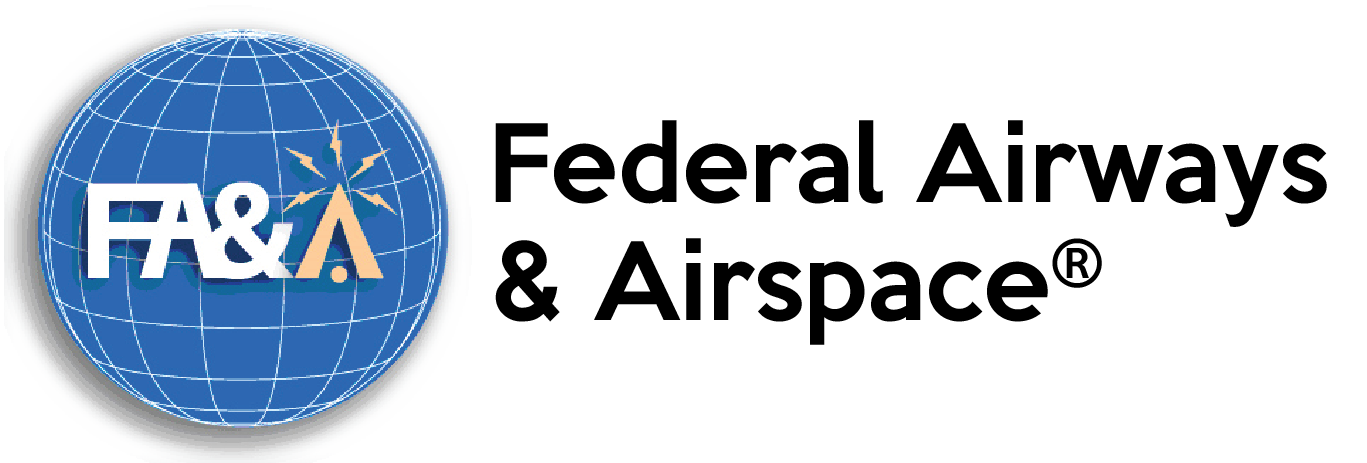- September 1, 2016
- Posted by: Airspace USA
- Category: News

SWIFT Report – We are beginning to receive orders for our new SWIFT report. This product integrates into any GIS application that can read a KMZ file *such as Google Earth). Once loaded, the requested search area is displayed as a series of grid boxes. The default resolution is 200 ft by 200 ft. If a greater resolution is needed the grid size can be reduced to 75 ft by 75 ft. Our experience indicated 200 ft by 200 ft is sufficient. Each grid box is clickable and provides the allowable height within the specific grid area. The grids are color coded red or green. The color red indicates the requested height is not achievable within the grid box. The color green indicates the requested height is available at that grid box and the maximum allowable height is displayed.
Our new SWIFT report is advantageous over the previous analysis method as it applies our Airspace Analysis over the entire search area for each center point of each grid. This is combined with our new automated IFR analysis tool included for each of the same points. Within a 1 nautical mile search ring there are 11,585 grid points. Each point has its own maximum allowable height. To see an example of a SWIFT graphical analysis, please load the file ‘SWIFT Report – Results (SAMPLE).kmz into Google Earth. This file is located in a folder called “KMZ” which is located under the folder where you installed Airspace. Simply double click on the file name and it should be automatically loaded into Google Earth and displayed. Of course, this assumes Google Earth is already installed on the user’s computer.
Class Rescheduled – As luck would have it for us here on the Space Coast, the Gulf Stream pushed Hurricane Matthew about 5 miles or so to the east and kept the high speed winds offshore near Cape Canaveral. We have rescheduled the class for January 16-20, 2017.
If you have any questions or concerns, please give our office a call at (321) 777-1266, or send us an email, , we would be happy to assist you.
